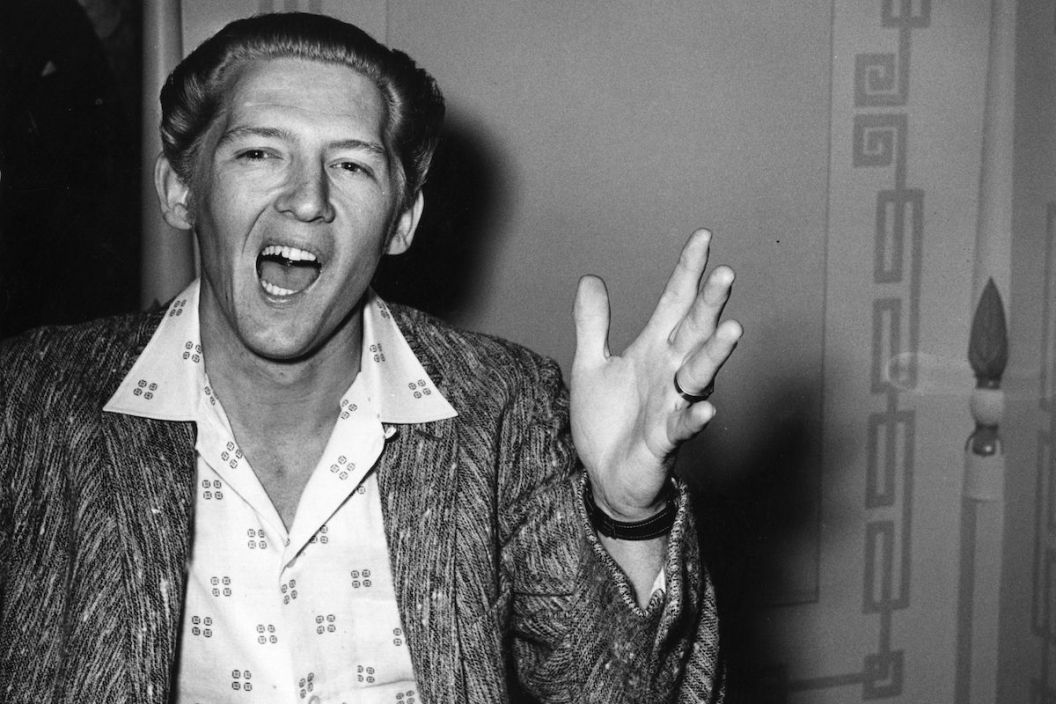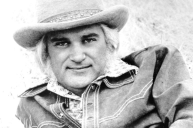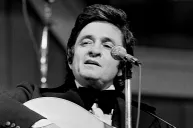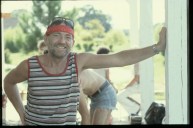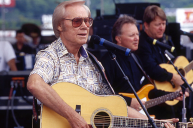The late Jerry Lee Lewis was a pillar of rock 'n' roll as well as a crossover superstar with multiple country hits. With numerous charting singles spread across multiple decades, his showmanship knocked every audience dead, hence the nickname The Killer.
Lewis began teaching himself to play the piano at the age of 9, copying the playing styles of preachers and Black musicians who traveled through his home state of Louisiana and nearby Mississippi. He was from a musical family, with his generation including sister Linda Gail Lewis and cousins Jimmy Swaggart and Mickey Gilley. His biggest musical influences came from listening to radio programs like the Grand Ole Opry and Louisiana Hayride and such artists as Hank Williams, Jimmie Rodgers and Al Jolson.
Lewis signed with Sun Records in 1956, where he joined Elvis Presley, Johnny Cash, Carl Perkins and Roy Orbison in blurring the thin line between rockabilly innovation and honky-tonk tradition.
Another career highlight as a rocker, Lewis' 1964 album Live at the Star-Club, Hamburg and such selections from it as "Mean Woman Blues" have been praised by Rolling Stone and other outlets as benchmarks in popular music history. More recent live moments of note include the 2009 opening performance of the Rock Hall's 25th anniversary concert at New York's Madison Square Garden.
Lewis never completely went away, with such late-career offerings as 2006's top-selling Last Man Standing and the 2010 duets album Mean Old Man further verifying his legend status.
The Killer was enshrined in the Country Music Hall of Fame in Oct. 2022. A member of the Rock and Roll Hall of Fame's inaugural Class of 1986, Lewis is one of 14 acts in both halls of fame— a list featuring fellow Sun Studios alums like Cash and label owner Sam Phillips.
Here's a 10-song snapshot of the Ferriday, La. native's impact on multiple genres.
10. "Crazy Arms" (1956)
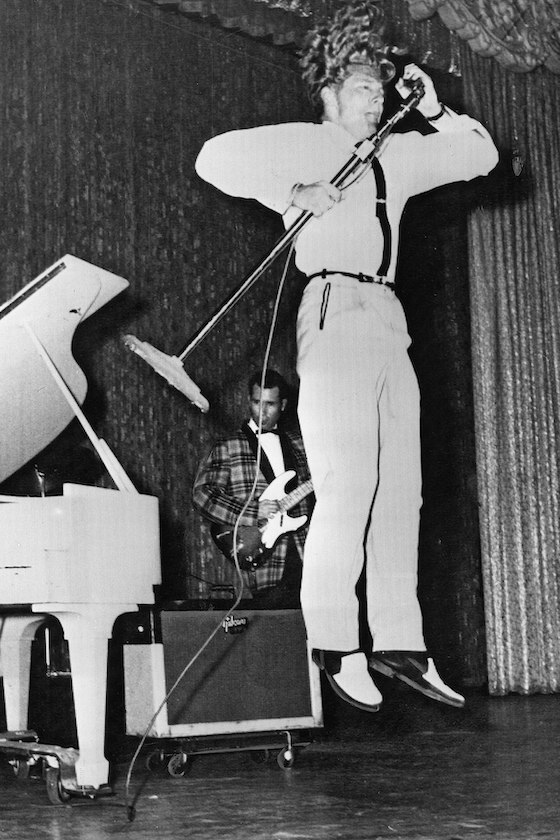
Michael Ochs Archive/Getty Images
After moving to Memphis, Lewis released his version of this Ray Price hit in 1956 as his very first single. In the big picture, it's a reminder that Lewis —and the entire Sun Records operation— was always at least country-adjacent.
Listen here.
9. "I'm On Fire" (1964)
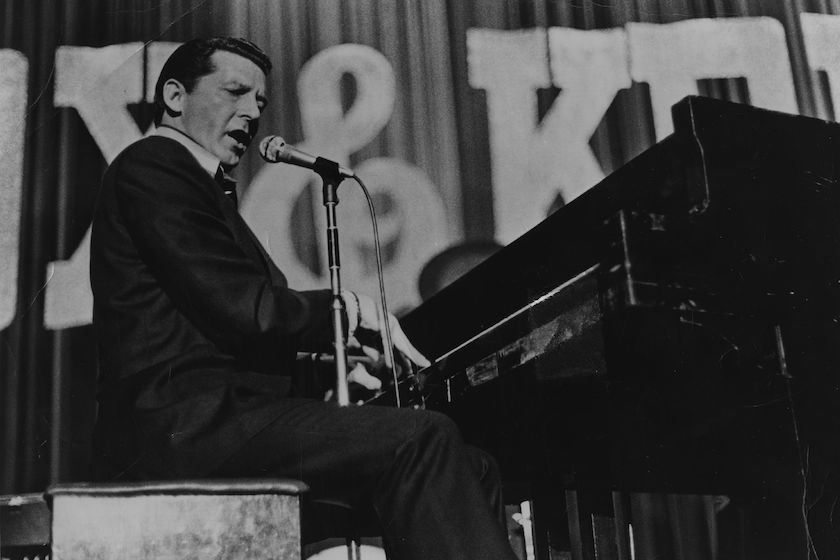
Hulton Archive/Getty Images
This song about feeling the flames of love was released as a single in 1964 with Smash Records. It was one of Lewis' last songs to make the pop charts as a hit before a career lull that shifted The Killer's sights to Nashville.
Listen here.
8. "Breathless" (1958)
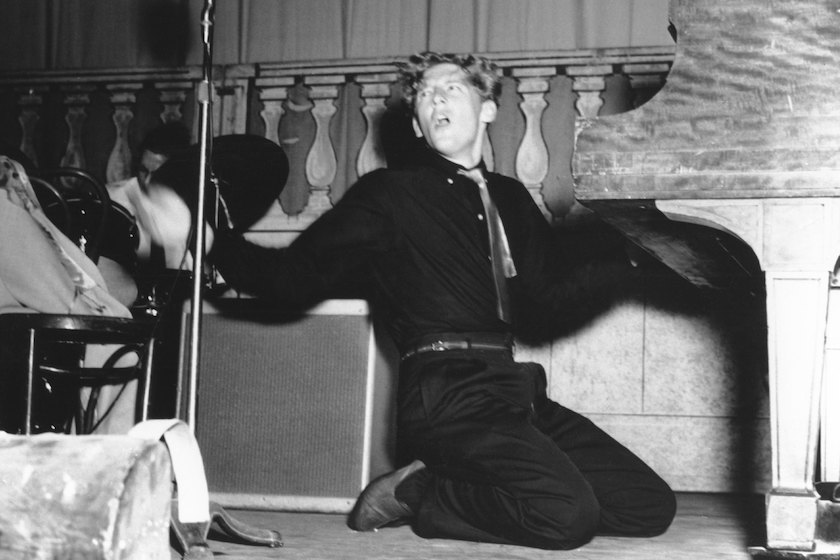
Colin Escott/Michael Ochs Archives/Getty Images
Another early rock touchstone with Top 5 country appeal, this Sun Records single is a talk-singing stomper in line with the Big Bopper's infectiously fun selections. Though Lewis' rambunctious vocals and lightning-fast piano licks are at the forefront, it's rockabilly guitar and bass accompaniment that set this one apart.
Listen here.
7. "Whole Lotta Shakin' Goin' On" (1957)
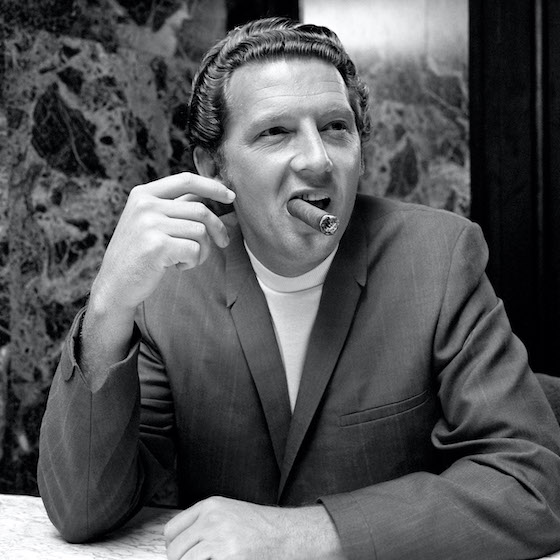
PA Images via Getty Images
"Whole Lotta Shakin' Goin' On" was originally recorded and released as a blues song by Big Maybelle. Lewis let the piano take over and released it two years later as a rock 'n' roll hit. His rendition hit the No. 3 spot on the pop chart and took the No. 1 spot on both the R&B and country charts.
Listen here.
6. "Boogie Woogie Country Man" (Boogie Woogie Country Man, 1975)
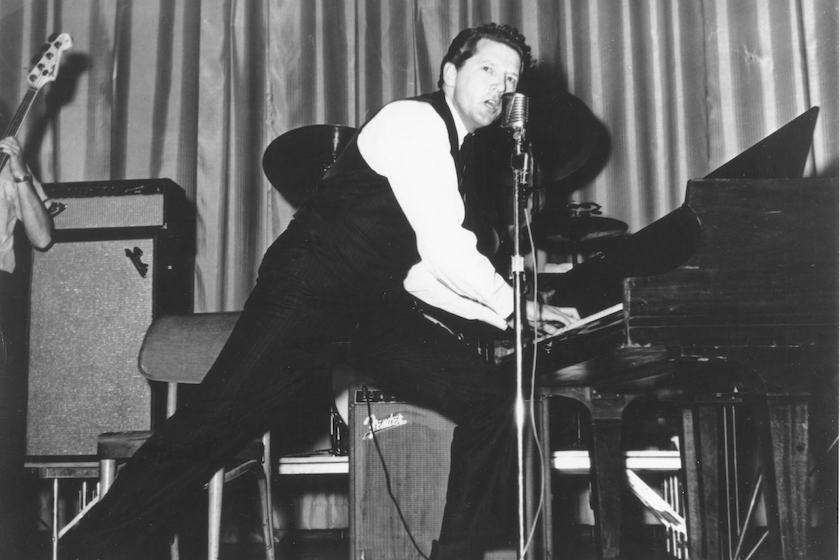
Michael Ochs Archives/Getty Images
In 1975, Lewis released this rocking song to the country charts. As its title implies, the Troy Seals-penned single paved the way for Travis Tritt's "Put Some Drive in Your Country" and other songs about how seamlessly rock energy puzzle-pieces into country storytelling.
Listen here.
5. "Chantilly Lace" (The Killer Rocks On, 1972)
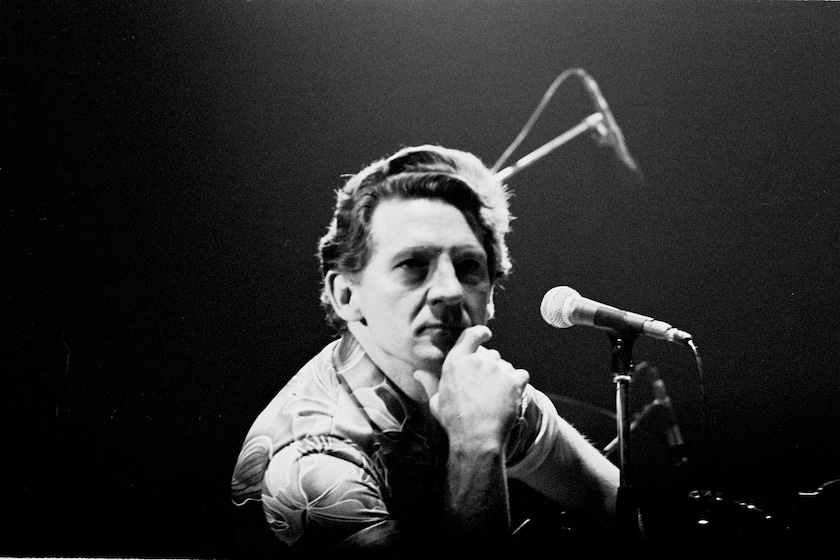
Rico D'Rozario/Redferns
"Chantilly Lace" was written by J.P. Richardson, known as "The Big Bopper." Lewis took the song and made it a No. 1 country hit while reminding the record-buying public that he, too, joined Buddy Holly, Little Richard, Chuck Berry and others on the ground level of a rock 'n' roll revolution. Plus, it's a piano-driven stomper on par with such rock stunners in Lewis' discography as "High School Confidential."
His covers-as-country-hits track record also brought listeners memorable versions of Ray Charles' "What'd I Say" and Kris Kristofferson's "Me and Bobby McGee."
Listen here.
4. "Another Place, Another Time" (Another Place, Another Time, 1968)
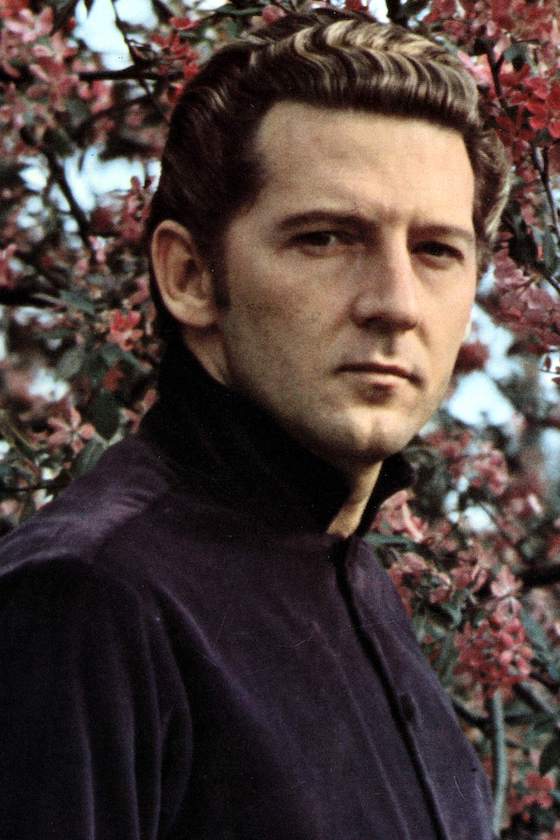
GAB Archive/Redferns
After a decline in popularity, Lewis came roaring back when this Jerry Chesnut composition hit the No. 4 spot on Billboard's Hot Country Songs chart. This career downturn was due in large part to his 1957 marriage to his 13-year-old cousin once removed, Myra Gale Brown.
Listen here.
3. "Middle Age Crazy" (Country Memories, 1977)
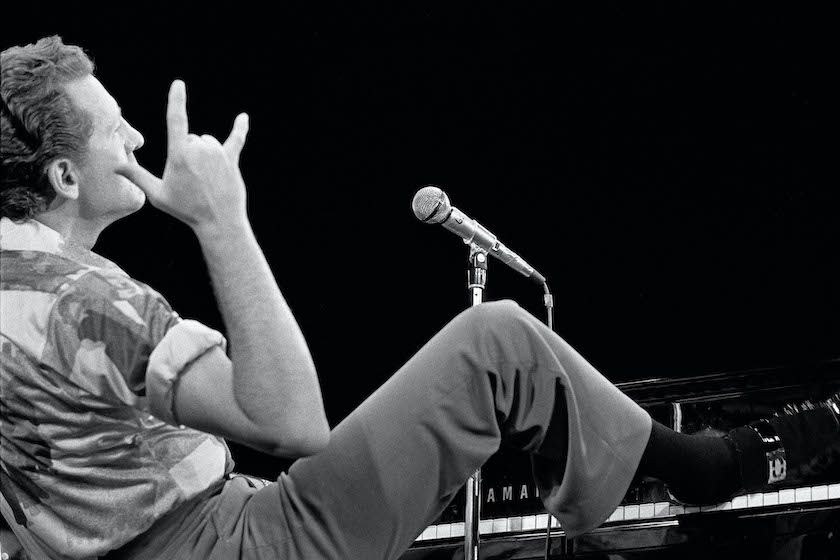
Jorgen Angel/Redferns
Written by country songwriter Sonny Throckmorton (George Strait's "The Cowboy Rides Away," Merle Haggard's "The Way I Am"), Lewis made this song about the passing of time a fan favorite. It comes across as Lewis embracing elements of his complicated personal life and public image.
Listen here.
2. "What's Made Milwaukee Famous (Has Made a Loser Out of Me)" (Another Place, Another Time, 1968)
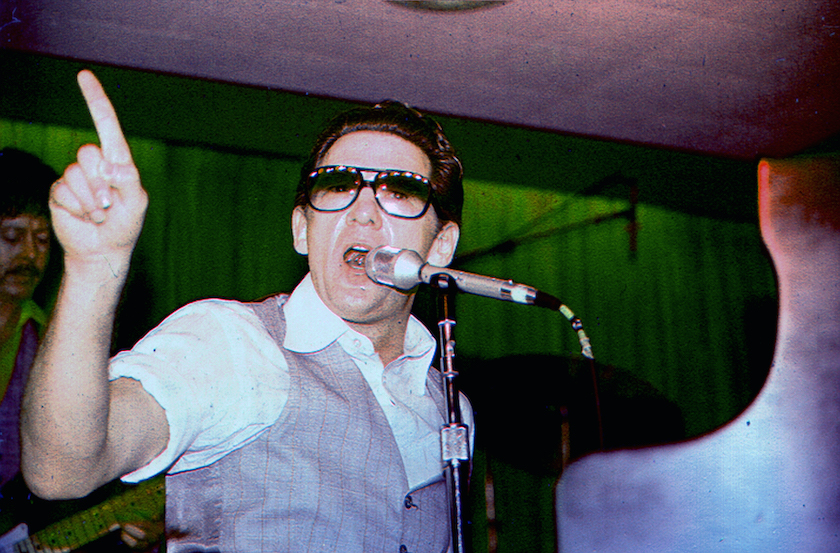
Michael Ochs Archives/Getty Images
Lewis' country offerings —a catalog that includes "There Must Be More to Love Than This" and "She Even Woke Me Up to Say Goodbye"— don't get any better than one of the quintessential beer-drinking songs of its time. Indeed, this one suits the same playlists as Johnny Russell's seminal "Rednecks, White Socks and Blue Ribbon Beer."
Listen here.
1. "Great Balls of Fire" (1957)
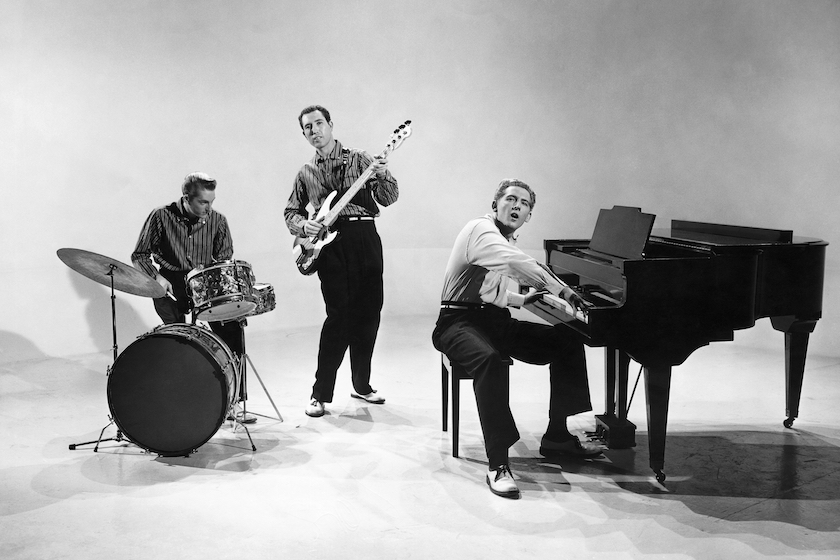
Michael Ochs Archives/Getty Images
Without question, "Great Balls of Fire" is the Rolls Royce of Jerry Lee Lewis songs. A tune as synonymous with '50s rock as anything by fellow Million Dollar Quartet member Presley, Lewis' signature hit topped Billboard's country and rhythm and blues charts.
Listen here.
READ MORE: 12 Songs Behind Luke Combs' Ascent as Country's Brightest-Shining Megastar
This story previously ran in May 2021.
